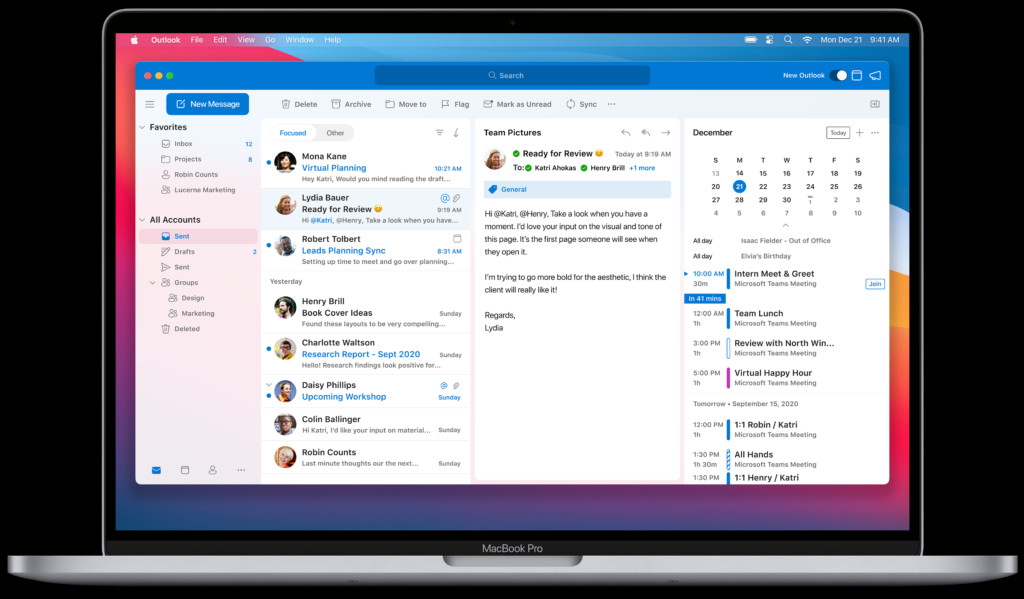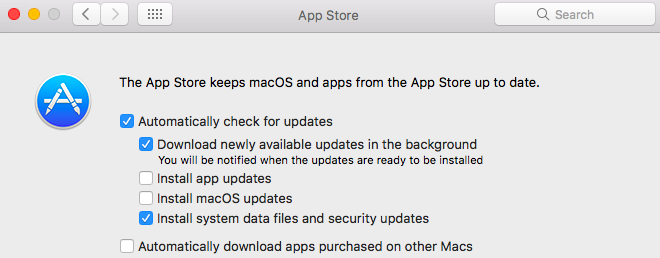Jul 04, 2019 Select Manually in the AutoUpdate window. This option will allow you to check for updates manually without scheduling automatic update checks. Alternatively, you can select Automatically here, and select Daily, Weekly, or Monthly. This way, Outlook will automatically check for new updates in the future.

- Microsoft announced today that it will move its Edge web browser on Mac off Microsoft AutoUpdate because users have found it confusing. “Getting updates timely and smoothly is key to keeping web.
- BTFS has a built-in AutoUpdate feature that will check for the latest BTFS version available and update as necessary.
- Jun 29, 2020 You can open Microsoft Word, Excel, PowerPoint, or Outlook. To access any of the Office apps on your Mac, click the desktop and click Go in the top menu bar, and then select Applications in the drop-down menu.
- Microsoft has announced a new update experience for the Edge browser on macOS. With the latest Edge Canary release, users can enable a hidden behind a flag native update experience. It ditches the current Microsoft AutoUpdate mechanisms in favor of a modern and faster alternative. Advertisement While Microsoft AutoUpdate mostly works fine, there are several.
One area where Windows has been leaps and bounds ahead of the Mac for years, if not decades, is volume control. Quite simply, sometimes you need to control volume on a finer level than OS X allows. Windows lets you adjust output volume for each individual application, but this isn’t possible natively on a Mac.

So we have to turn to third-party apps to grant us this ability. Both apps on this list offer the feature of adjusting volume by app. However, the apps each bring something different to the table, so explore the options and decide for yourself which is best.
Volume Mixer
Volume Mixer is the first Mac app on the list and it allows you to control system volume by application. The app sits in your menu bar so you can call it up as needed. Each app, much like on Windows, is accompanied by its own volume slider. Adjust it as you’d like, mute individual apps entirely or click Refresh to bring an app on par with the master volume.
Over in the Preferences, you can choose your default output source or just quickly change sources on the fly. You can also set highly convenient keyboard shortcuts for specific actions revolving around volume control. These include increasing the volume of an active app, decreasing the volume of an active app, toggling mute for an active app, increasing/decreasing/muting background sound and increasing/decreasing/muting notifications. If you want full control over your output audio, it doesn’t get much better than this.
Volume Mixer comes with a free seven day trial after which it’s $9.99 for two copies or $14.99 for lifetime updates. It’s fairly steep pricing, but if you need the features, it works great.
Background Music

Background Music is a simpler app that does much of the same thing as Volume Mixer. From your menu bar, you can adjust volume for individual applications. But in Background Music, the volume sliders aren’t relative to your master volume. Each slider by default is set to the middle and doesn’t change when you raise or lower your volume. That means that technically, if you have your volume all the way up, you could still give some apps a slight boost.
It also has a phenomenal feature that auto-pauses your music when another source of audio starts playing, then automatically continues playback when the other audio stops. It’s much like how music stops and resumes when you get a phone call on your iPhone. The auto-pause feature supports iTunes, Spotify, VOX and VLC.

Background Music is free, unlike Volume Mixer, but since the developer hasn’t officially published it anywhere, it must be installed from GitHub.
Note: The guide to installing Background Music is right on the GitHub page. If you have Xcode installed, just copy and paste the provided prompt into Terminal.
To manually install, download the ZIP file and unzip it. In Terminal, type cd followed by the path to where you unzipped the folder. Then install by typing /bin/bash build_and_install.sh.
ALSO SEE:How to Live Monitor Your Microphone Input on Mac
The above article may contain affiliate links which help support Guiding Tech. However, it does not affect our editorial integrity. The content remains unbiased and authentic.
Read Next
Microsoft Edge vs Google Chrome: Which Safari Alternative Is Better on Mac
Auto Update Microsoft Mac
Are you getting confused between
Microsoft has announced a new update engine for Microsoft Edge on macOS devices, with users running the Canary build getting it as we speak.
The company explains that the AutoUpdate system that was originally used by Microsoft Edge was a little bit confusing given it’s also used by Office applications, with the process overall also being rather slow.
So the company has started the work on a native update system for Microsoft Edge on macOS, with the new experience currently available in the Canary builds of the browser for Intel chips. Microsoft explains it’ll also be included in the builds aimed at Apple Silicon shortly.
New update system currently in testing
The new update system is supposed to make the process overall feel more seamless, especially because the updates will now be installed in the background all automatically.
“The new update experience is now Edge-native. It will solely be responsible for updating Edge-related products and will not be affected (e.g. blocked) by other pending product updates. Updates will happen automatically and silently, and no out-of-Edge notifications/toasts will be shown. edge://settings/help now more consistently reflects update status and allows seamless updates. In-app update notifications are promptly reflected when an update becomes available,” Microsoft explains.
The Redmond-based software giant hasn’t provided an ETA as to when this feature is scheduled to land in the production channel, but version 91 is projected to go live in the stable build in the week of May 27.
Auto Update Macro
The transition to the Chromium engine allowed Microsoft to bring Edge browser to more platforms, so in addition to Windows 10, its application is now also available on Windows 7, Windows 8, Windows 8.1, macOS, and Linux. At this point, however, Edge for Linux is still in preview stage, but it should reach the stable channel later this year.
